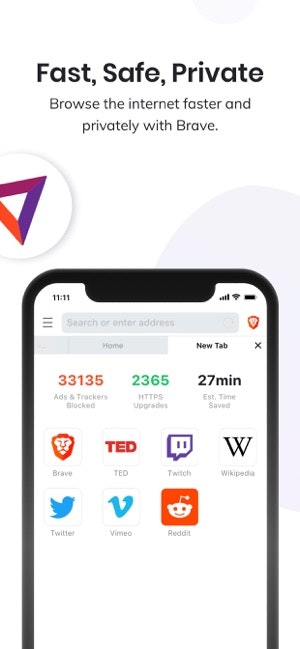
Users have to opt in to see these ads, so the focus on a fast and ad-free experience won’t be affected. Publications stay in business without resorting to paywalls or ad spam, and users enjoy their daily activities while supporting quality content.īrave’s second phase aims to complement BAT payments by allowing select advertising agencies to show ads inside the browser. By funding an in-browser wallet with BAT, users can donate funds to their favorite creators, all without sharing private information. The initial phase involves two key components: Basic Attention Tokens and the Brave browser. If a free and open web with any semblance of privacy is to be maintained, something has to change.īrave Software’s solution is surprisingly elegant. Consumers aren’t keen on their every move being tracked. The browser was released months later with Eich stating it was designed to fix the primal threat facing the modern web.Īdvertisers want access to user data to deliver targeted content. Brave’s Journeyīrave Software was founded in 2015 by Brendan Eich, co-founder of Mozilla and creator of JavaScript, along with former Mozilla software engineer Brian Bondy. The system is based on human attention, powered by cryptocurrency and Brave’s privacy-centric browsing experience.

The Basic Attention Token (BAT) and the Brave browser make it easy for consumers to support creators and publishers to monetize their content, all without deploying a single ad.

Projects like Oyster are attempting to provide an alternative, but until a viable solution is adopted by a critical mass, the web is left to limp along as is.īrave Software believes it has the right solution. Revenue is on the decline, bots are abusing the system, tracking scripts are increasingly aggressive, and users are fed up with invasive ads stealing screen space.Įv Williams, CEO of Medium, called online advertising a “broken system” that doesn’t serve people it rewards publications for attracting a few seconds of attention.


 0 kommentar(er)
0 kommentar(er)
